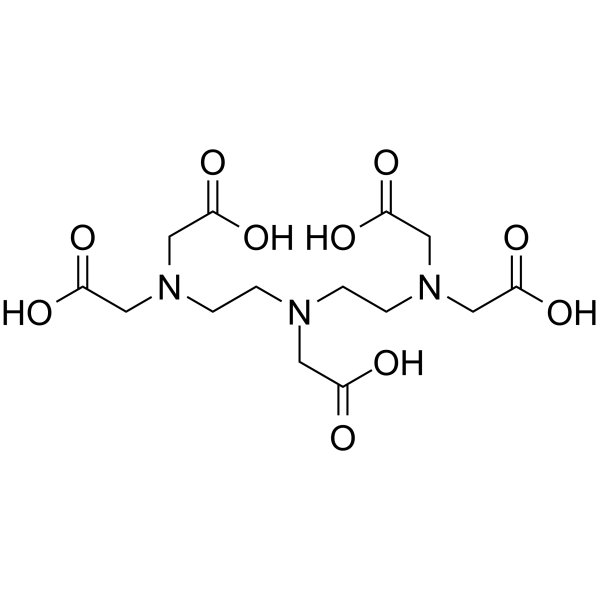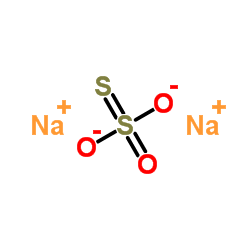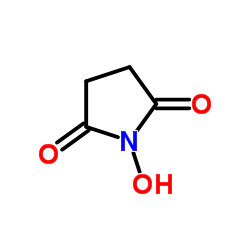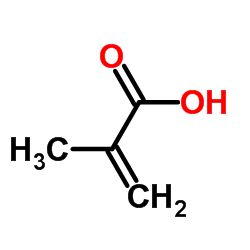| Structure | Name/CAS No. | Articles |
|---|---|---|
 |
Diethylenetriaminepentaacetic acid
CAS:67-43-6 |
|
 |
sodium dodecyl sulfate
CAS:151-21-3 |
|
 |
Sodium thiosulfate
CAS:7772-98-7 |
|
 |
Gadolinium(III) chloride hexahydrate
CAS:13450-84-5 |
|
 |
5-Aminofluorescein
CAS:3326-34-9 |
|
 |
N-Hydroxysuccinimide
CAS:6066-82-6 |
|
 |
potassium persulfate
CAS:7727-21-1 |
|
 |
Methacrylic acid
CAS:79-41-4 |